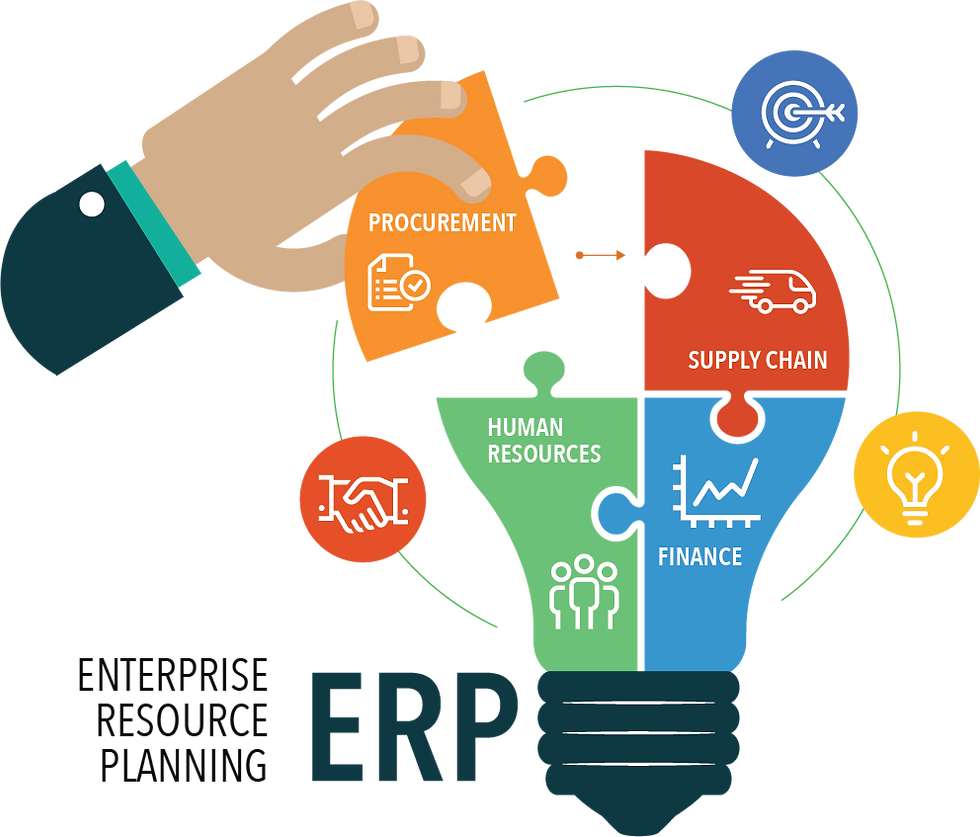Online Library Management System: Revolutionizing Access to Knowledge
- solutionscakiweb
- Nov 22, 2023
- 3 min read
In the digital age, the evolution of libraries has transcended the physical boundaries of brick-and-mortar establishments. Online Library Management Systems (OLMS) have emerged as a dynamic solution, reshaping the way information is accessed, managed, and utilized. By integrating technology into the traditional library infrastructure, OLMS has revolutionized the process of knowledge dissemination, making it more efficient, convenient, and accessible to a wider audience.
Evolution of Libraries:
Libraries have been the cornerstone of knowledge preservation and dissemination for centuries. From ancient scrolls to modern e-books, libraries have adapted to the changing formats of information. However, the traditional library model faced challenges such as limited physical space, cataloging complexities, and accessibility issues. These limitations prompted the development of OLMS.
Understanding Online Library Management Systems:
An Online Library Management System is a digital platform that streamlines library operations, including cataloging, lending, tracking, and managing resources. It offers a centralized database accessible via the internet, enabling users to explore a vast array of resources at their fingertips.
OLMS incorporates various modules such as:
1. Cataloging and Indexing:
OLMS efficiently organizes and catalogs diverse resources, including books, journals, articles, multimedia, and digital archives. Advanced indexing mechanisms categorize materials based on author, title, subject, and keywords, facilitating easy retrieval.
2. User Management:
It provides functionalities for user registration, authentication, and profile management. Users can create personalized accounts, track borrowing history, reserve materials, and receive notifications, enhancing their overall experience.
3. Circulation Management:
OLMS automates the lending and returning processes. It maintains records of borrowed items, due dates, fines, and renewal options. Automated reminders ensure users are informed about upcoming due dates, reducing overdue instances.
4. Digital Resource Management:
It facilitates the incorporation of digital assets like e-books, scholarly articles, audiovisual content, and databases. OLMS ensures seamless access to these resources, breaking geographical barriers and accommodating diverse learning styles.
5. Analytics and Reporting:
OLMS generates reports on resource utilization, user engagement, popular titles, and trends. These insights aid librarians in optimizing collection development, resource allocation, and enhancing services.
Advantages of Online Library Management Systems:
1. Accessibility and Convenience:
OLMS transcends geographical constraints, allowing users to access resources 24/7 from any internet-enabled device. This convenience encourages continuous learning and research.
2. Expanded Resource Pool:
It offers access to a vast collection of digital resources beyond physical limitations. Users can explore a wider range of materials, including rare books and international publications.
3. Efficient Management:
Automation of tasks like cataloging, lending, and tracking simplifies administrative processes, enabling librarians to focus on enhancing services and expanding collections.
4. Enhanced User Experience:
Personalized user accounts, easy search functionalities, and prompt notifications enhance the overall user experience, fostering engagement and loyalty.
5. Cost-Effectiveness:
OLMS reduces overhead costs associated with physical space, maintenance, and manual processes, providing a cost-effective solution for libraries.
Challenges and Future Trends:
While OLMS presents numerous benefits, challenges persist. Issues related to digital rights management, cybersecurity, interoperability, and technological advancements pose ongoing challenges that require continuous innovation and adaptation.
Future trends in OLMS include the integration of artificial intelligence (AI) for enhanced search capabilities, personalized recommendations, and predictive analytics. Blockchain technology might also play a role in securing digital rights and ensuring authenticity in the digital collection.
Conclusion:
The transition from traditional libraries to Online Library Management Systems marks a paradigm shift in knowledge dissemination. These systems offer unparalleled accessibility, efficiency, and a diverse array of resources to users worldwide. Despite challenges, the continuous evolution of OLMS promises an exciting future, reshaping the landscape of information access and learning for generations to come.




Comments